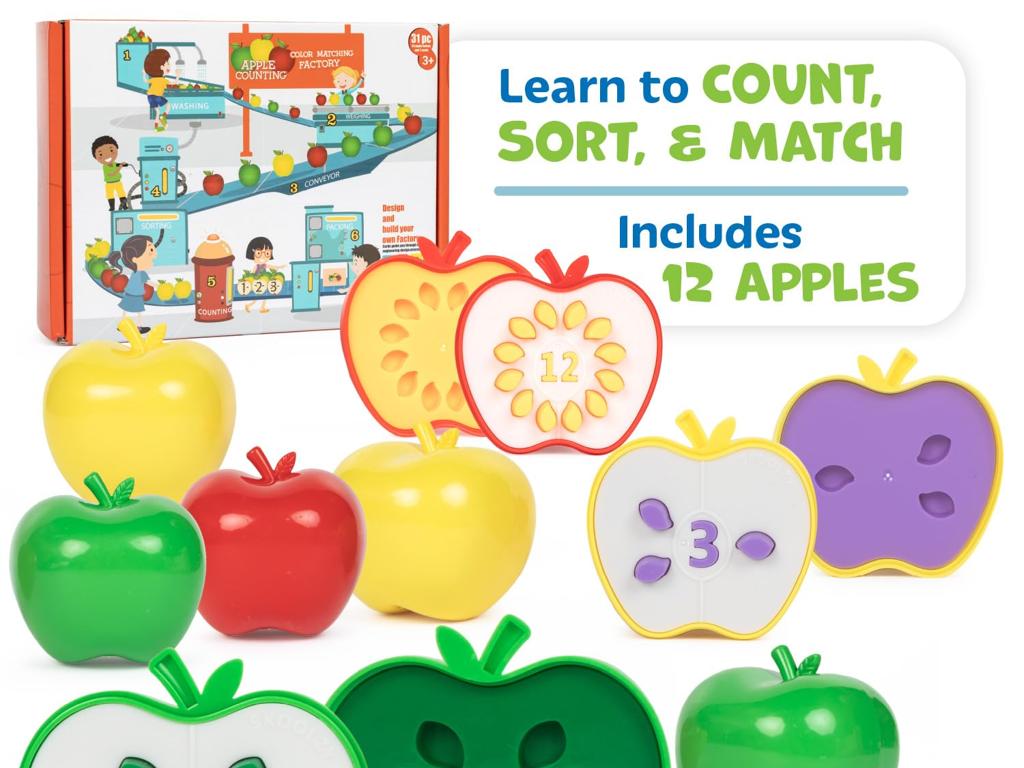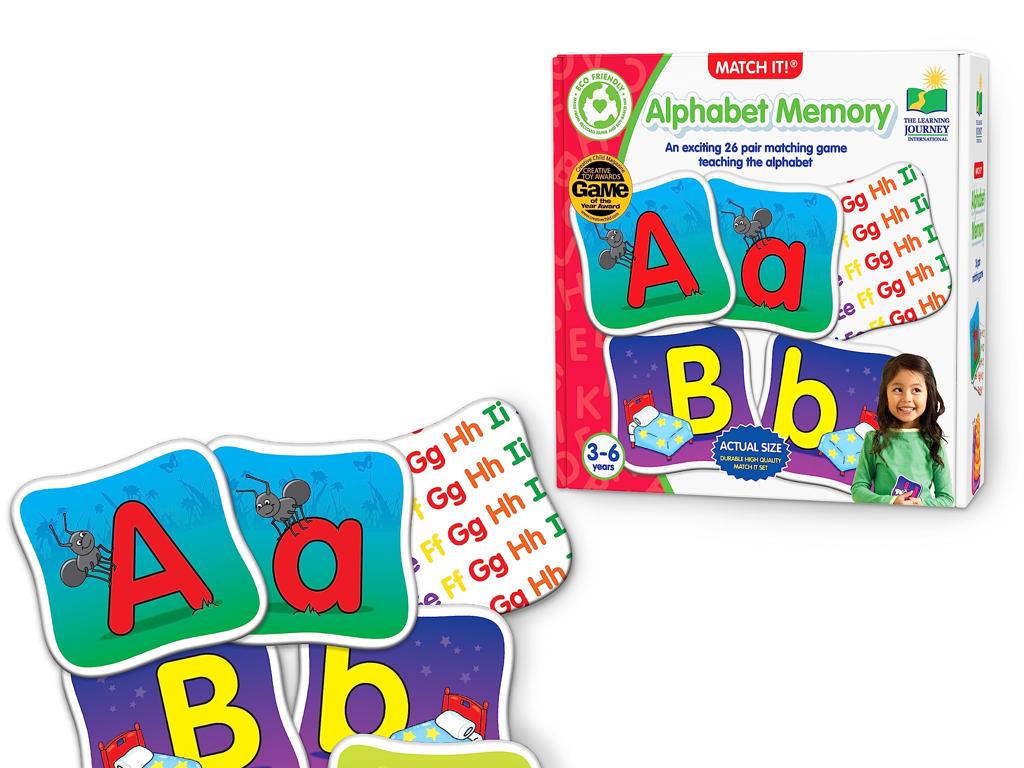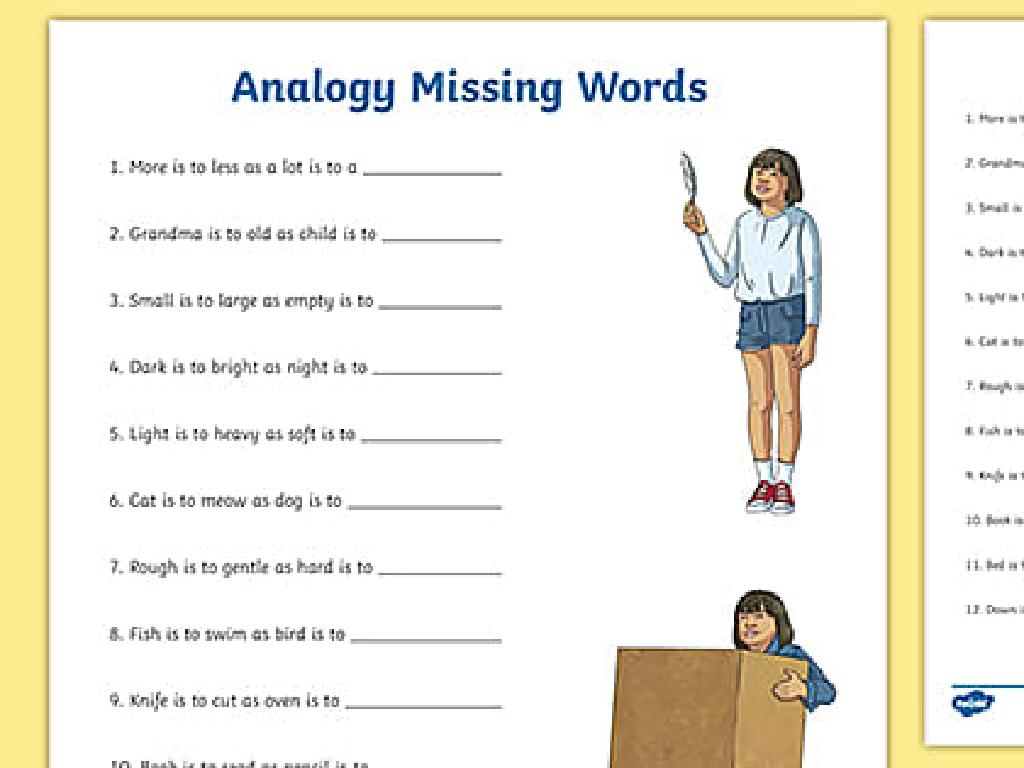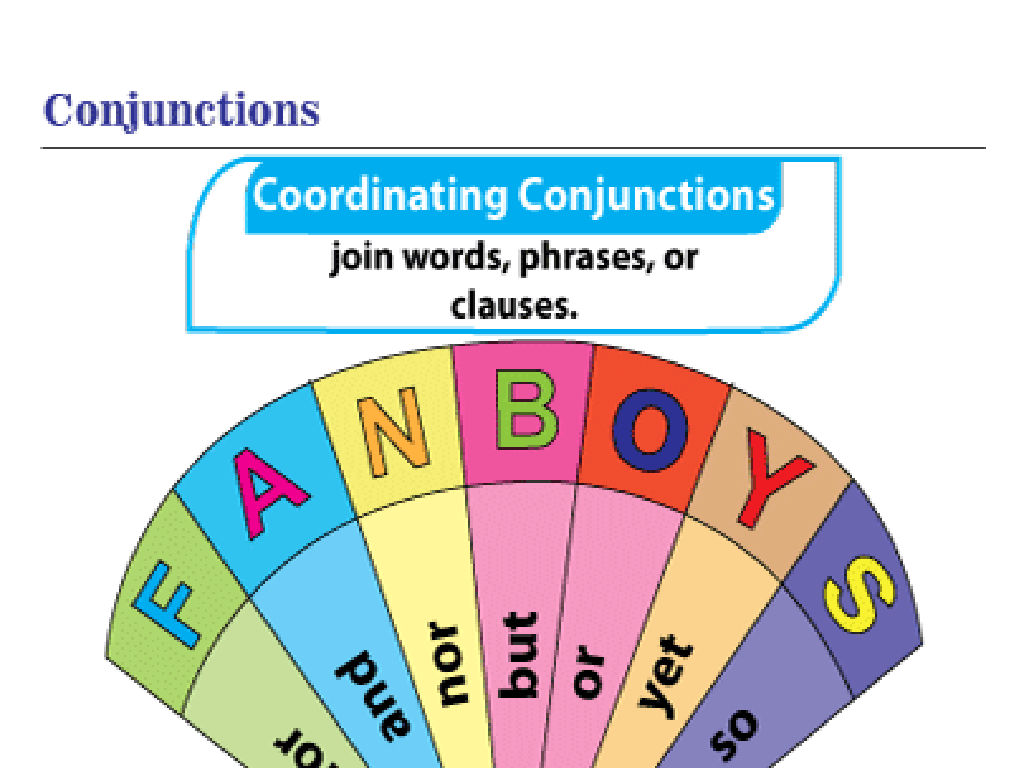Distinguish Facts From Opinions
Subject: Language arts
Grade: Eighth grade
Topic: Persuasive And Opinion Writing
Please LOG IN to download the presentation. Access is available to registered users only.
View More Content
Distinguishing Facts from Opinions in Persuasive Writing
– What is Persuasive Writing?
Persuasive writing aims to convince readers to accept a viewpoint.
– Facts vs. Opinions
Facts are verifiable truths; opinions are personal beliefs.
– Significance in Persuasion
Knowing the difference strengthens arguments.
– Analyzing Examples
We’ll review examples to practice distinguishing them.
|
Begin with an introduction to persuasive writing, emphasizing its goal to sway the reader’s opinion or action. Clarify the distinction between facts and opinions, highlighting that facts are evidence-based and can be proven, while opinions are subjective and based on personal feelings or beliefs. Discuss why it’s crucial to differentiate between the two when constructing a persuasive argument, as the strength of the argument often relies on the credibility of the facts presented. Engage students with examples from texts, asking them to identify facts and opinions and explain their reasoning. This will help them understand how to effectively use both in their writing.
Understanding Facts in Writing
– Define a fact
– A fact is a statement that can be proven true or false.
– Characteristics of facts
– Facts are verifiable, objective, and unaffected by beliefs.
– Fact examples in texts
– ‘The Earth orbits the Sun’ – can be proven with evidence.
– Differentiating facts from opinions
– Facts stand apart from opinions, which are personal beliefs.
|
This slide aims to clarify the concept of a fact within the context of persuasive and opinion writing. A fact is a statement that can be proven true or false with evidence. It is important for students to recognize that facts are objective and can be verified regardless of personal feelings or beliefs. Provide examples of facts in various texts and discuss how they support arguments. Encourage students to practice distinguishing facts from opinions, which will be crucial for their development as critical thinkers and effective communicators. This foundational understanding will help them analyze and construct persuasive arguments in their writing.
Understanding Opinions in Writing
– Define an opinion
– A personal belief or judgment, not necessarily based on fact or knowledge.
– Characteristics of opinions
– Subjective, biased, and based on emotions or personal feelings.
– Opinion versus fact
– Opinions can be argued, unlike facts which are indisputable.
– Examples in literature
– ‘The best book ever’ shows the author’s personal preference.
|
This slide aims to help students understand what an opinion is and how it differs from a fact. An opinion is a personal belief or judgment that can vary from person to person and is often influenced by emotions or individual experiences. It’s important to recognize that opinions are subjective and can be debated. In contrast, facts are objective and verifiable. When analyzing writing, especially persuasive texts, students should be able to identify statements of opinion and distinguish them from factual claims. Use examples from popular literature or media to illustrate how opinions are presented and to emphasize the importance of supporting opinions with evidence when engaging in persuasive writing.
Comparing Facts and Opinions
– Fact vs. Opinion: Definitions
– Fact: verifiable truth. Opinion: personal belief.
– Criteria to distinguish them
– Check for evidence, objectivity, and bias.
– Activity: Identify in sentences
– Analyze given sentences, determine if fact or opinion.
– Discussing the differences
|
This slide is aimed at helping students understand the difference between facts and opinions, which is crucial for persuasive and opinion writing. Begin by defining a fact as something that can be proven true or false, and an opinion as a belief or judgment that reflects personal feelings. Discuss the criteria for distinguishing them, such as verifiability, objectivity, and the presence of bias or personal perspective. The class activity involves analyzing sentences to identify whether they are stating facts or expressing opinions. Encourage students to justify their reasoning. This exercise will enhance critical thinking and analytical skills, preparing them for more advanced persuasive writing tasks. Provide examples and guide the discussion to ensure clarity and understanding.
Facts vs. Opinions in Persuasive Writing
– Understanding Facts and Opinions
– Facts are verifiable truths; opinions are personal beliefs.
– The Role of Both in Persuasion
– Persuasive writing uses both to convince the reader.
– Balancing Facts with Opinions
– Use facts to support opinions for stronger arguments.
– Analyzing Persuasive Texts
– Identify factual statements and opinions in a sample paragraph.
|
This slide introduces the concept of distinguishing between facts and opinions within the context of persuasive writing. It’s crucial for students to understand that facts are objective, verifiable pieces of information, while opinions are subjective and based on personal beliefs or perspectives. Effective persuasive writing often includes a mix of both, using facts as the backbone of the argument and opinions to connect with the reader’s emotions and values. Students should learn to balance the two to enhance credibility and persuasiveness. The activity involves analyzing a paragraph to identify and differentiate the factual statements from the opinions presented. This will help students in crafting their own persuasive essays and in critically evaluating the arguments of others.
Class Activity: Fact or Opinion?
– Understand ‘Fact vs. Opinion’
– Group categorization task
– Work in groups, discuss each statement
– Analyze given statements
– Decide why it’s a fact or an opinion
– Present findings to class
|
This activity is designed to enhance students’ critical thinking by distinguishing between factual statements and opinions. Divide the class into small groups and provide a list of mixed statements. Each group will discuss and categorize each statement as a fact or an opinion, justifying their reasoning. After the activity, each group will present their findings, explaining why they categorized the statements as they did. This will foster a deeper understanding of the differences between facts and opinions, which is crucial for persuasive and opinion writing. Possible statements for categorization could include current events, historical facts, commonly held beliefs, and subjective statements. Encourage groups to provide clear justifications for their decisions during their presentations.
Conclusion: Facts vs. Opinions
– Recap of distinguishing facts from opinions
– Importance of this distinction
– Understanding the difference is key to critical thinking and informed decisions.
– Discuss real-world benefits
– How might this skill help in daily life, news interpretation, or social media?
– Reflect on today’s learning
|
In wrapping up today’s lesson, we revisit the core concepts of identifying facts and opinions. Emphasize the significance of this skill in developing critical thinking abilities and making well-informed decisions. Initiate a class discussion to explore how students can apply this knowledge in real-life scenarios beyond the classroom, such as evaluating the credibility of news sources, engaging in informed debates, and navigating social media responsibly. Encourage students to share personal experiences where they’ve encountered the mixing of facts and opinions. Conclude by asking students to reflect on what they’ve learned and how they can continue to apply these skills in the future.






